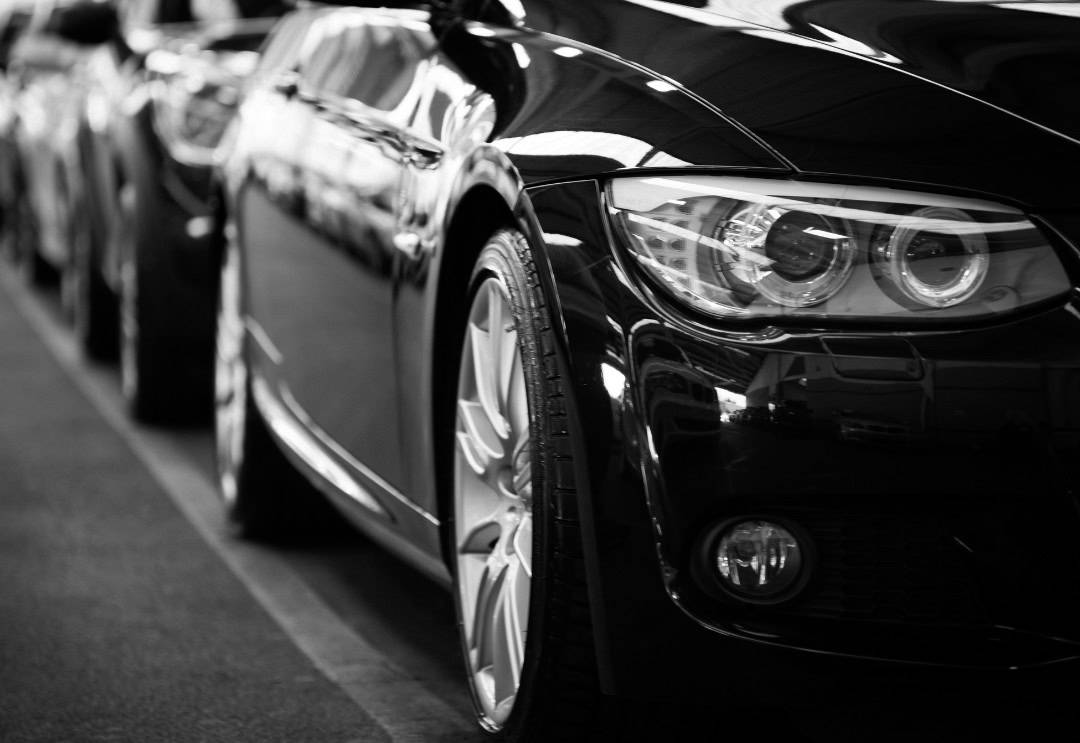It is important that you maintain the upkeep of your car to ensure that it is safe to drive, especially as we go into the colder months. We want to ensure that you’re safe on the road, so here is a list of vehicle checks you should complete and how often they should be completed.
Daily Checks:
Your daily checks are important and should be carried out before you set off and before you get into your car.
- Tyre condition
Before your journey, it’s important that you check all of your tyres. When inspecting your tyres, look out for any possible punctures. Punctures could be caused by driving over nails or broken glass or from trapped air causing abnormal lumps. These can cause damage to your tyres, causing them to tear or rip open.
- Front windscreen
Keep an eye out for any new chips on your front windscreen. Chips need to be caught and repaired as soon as possible to prevent them from turning into cracks. Once your windscreen cracks, you will need to replace the full windscreen.
Weekly Checks:
- Front and rear lights
When checking your lights, it’s best to do so with the help of a second person. Ensure that you’ve checked your headlights, main beam, brake lights, reverse lights and indicators making sure that they’re all fully functioning and aligned. While doing so, you should also make sure that there are no cracks in the lenses.
- Water coolant levels
Low levels of water coolant can cause your engine to overheat. This should only be checked when your engine is switched off and has been left to cool down for a while. Your water coolant levels should sit between the min and max indications and should be topped up, if low.
- Windscreen washer fluid levels
Make sure that there’s enough washer fluid so that your windscreen is clean at all times. Also, make sure to test that your jet nozzles aren’t blocked. If they are, make sure to get them fixed as soon as possible.
Bi-Monthly Checks:
- Oil levels
Your engine oil ensures that all your car’s internal components are kept cool. When checking, the oil level should be visible on the end of the dipstick, between the indicated ideal range. If it looks as if the oil levels are running low, you can refill with more oil. However, if the oil looks black and leaves smudges, then you may need a full oil change.
- Tyre pressure and tread depth
Incorrect tyre pressure can increase chances of skidding and cause uneven wear. You can check the tyre pressure at most petrol stations. Refer to your vehicle owner’s manual for the correct tyre pressure for your car. The legal requirement for tread depth is 1.6mm.
- Brakes
Although difficult to inspect visually, it’s important to listen out for any unfamiliar noises when applying your brakes. These noises could include loud squeaking or grinding sounds when you brake. If you notice these sounds or your brake pedal feels spongy, it may be a sign they need changing.
- Windscreen wiper blades
When in motion, your wiper blades should be almost silent. This means no scraping or screeching sounds. Check to make sure that they move smoothly across the windscreen without any juddering and leaving no marks behind. Your rubber blades are fragile, so check for any splits and tears. Poor maintenance could eventually damage your windscreen.
Additional things to look out for:
- Power steering
Your power steering fluid should be checked once a year (max). Check that it is consistent and has no decrease in levels. It is unlikely to have dropped, but it’s always good to check.
- Brake fluid reservoir
Although a vital component, it only needs checking once a year. You want to have a safe level of hydraulic brake fluid, with levels sitting as close to the full mark as possible. It’s worth a quick check, especially if you know your brake pads are slightly worn.
- Mud and dirt
Dirt stick to your vehicle and the longer it remains there, the faster it will corrode. Dirt can corrode your paint and will do so until it reaches the metal base. Once it reaches the metal, your car will begin to rust. To avoid this happening, wash and wax your car as often as needed. A washed car ensures the dirt won’t affect your car and also makes sure that your mirrors are clean, and registration is visible.
- Bird poo
Not only is this an unpleasant sight, but it is also highly acidic and will quickly damage the paint if it isn’t cleaned soon. As soon as you discover any, be sure to grab a wet cloth and start scrubbing.
We hope that this guide to maintaining your vehicle helps. We only want what’s best for our carers and to make sure that you’re as safe as possible while on the road.








